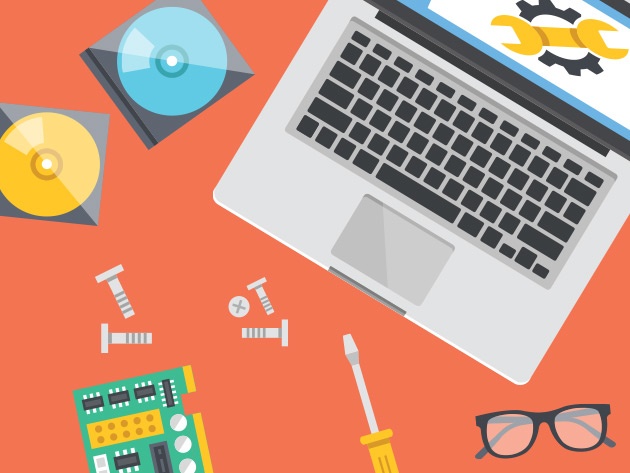Take your Raspberry Pi & ROS skills to the next level with this unbeatable bundle of online courses
The Raspberry Pi has become one of the most popular tools for hobbyists and engineers alike, but it can be tough to find the best jumping-off point when you start tinkering. This course offers some general Pi knowledge and will show you some of the many ways you can make your Pi work for you. From installing different operating systems to using the Raspberry Pi as a web server, you’ll open up a whole new realm of possibility for your device.
4.2/5 average rating:
★ ★ ★ ★
★ ★
Access 13 lectures & 1 hour of content 24/7
Discover how to install the optional Pi camera board
Understand the UART protocol
Learn how to interface with a GPS module using I2C
Use the Pi as a Network File Server
Put Windows 10 on your Raspberry Pi for a more familiar operating system
Turn your Pi into a fully-functioning web server
SpecsImportant Details
Length of time users can access this course: lifetime
Access options: desktop & mobile
Certificate of completion included
Redemption deadline: redeem your code within 30 days of purchase
Updates included
Experience level required: beginner
Have questions on how digital purchases work? Learn more here
Requirements
Familiarity with Linux and the Pi is helpful, but not necessary


Reviews for The Ultimate Raspberry Pi & ROS Robotics Developer Super Bundle
Click Here to Read Reviews for The Ultimate Raspberry Pi & ROS Robotics Developer Super Bundle >> Click Here to Submit Reviews for The Ultimate Raspberry Pi & ROS Robotics Developer Super Bundle >>